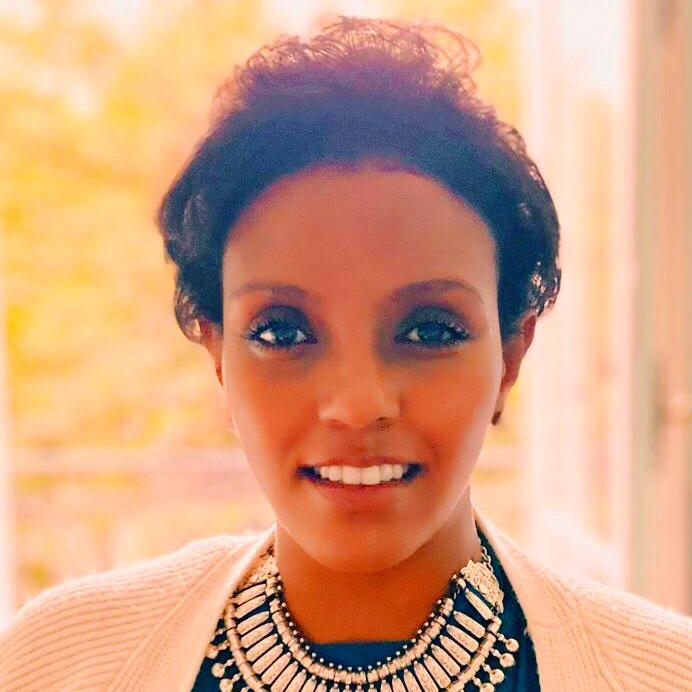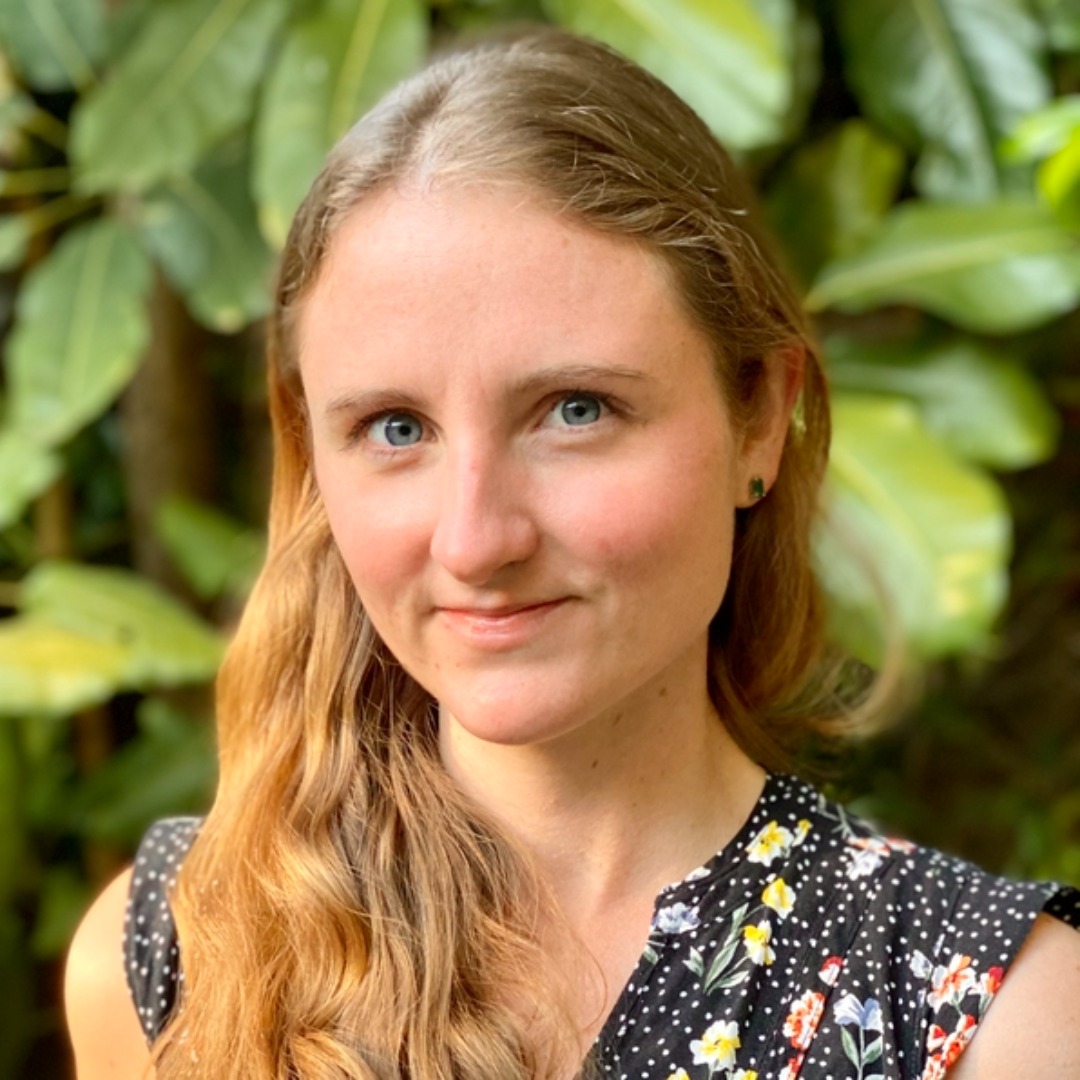Dalberg uses cookies and related technologies to improve the way the site functions. A cookie is a text file that is stored on your device. We use these text files for functionality such as to analyze our traffic or to personalize content. You can easily control how we use cookies on your device by adjusting the settings below, and you may also change those settings at any time by visiting our privacy policy page.
Without equitable distribution within countries, the most vulnerable populations will remain the most at risk, and opportunities to outpace dangerous variants of the virus will be missed.
The Covid-19 pandemic has cast a bright light on longstanding health inequities—both among nations and within them.
Among nations, higher-income countries have used their resources to claim priority access to testing, treatments, and, critically, vaccines. As of early February 2022, high-income countries had achieved a vaccination rate of 72%, compared to just 5.5% in low-income countries.1 While supply inequities such as vaccine hoarding persist—especially in the face of expanded booster campaigns to combat the Omicron variant—vaccine supplies in lower-income countries have dramatically increased through the Covid-19 Vaccines Global Access (COVAX) partnership, regional mechanisms such as the African Union’s Covid-19 Africa Vaccine Acquisition Task Team (AVATT), and bilateral deals with manufacturers. In late February 2022, COVAX supply exceeded demand for the first time.2
As the equity of vaccine supply across nations increases, more attention will need to be paid to another looming challenge: equitable vaccine delivery within lower-income countries. This includes the difficulties of getting vaccines “from tarmac to arm” and the many challenges of doing so equitably in low-resource settings—without crowding out routine immunization and other essential healthcare services.
What precisely is equitable vaccination? It may take a slightly different form in each country, but in broad strokes, an equitable vaccination process should ensure that people who are most in need of a vaccine are able to receive it regardless of their ability to pay, where they live, or historic or systemic limitations in access to health care. The World Health Organization’s (WHO) framework and SAGE roadmap offer guidelines for countries and other stakeholders to work with.
Vaccine equity requires careful consideration of systemic social, geographic, health, and economic barriers that contribute to discrepancies in access, affordability, and uptake of Covid-19 vaccines.
These include race, ethnicity, gender, sexuality, geography, health risks and pre-existing conditions, education, socioeconomic status, legal status, and political affiliation, among others. Critically, the process of building an equitable framework needs to be transparent and include representatives of vulnerable and underserved populations.
Equitable vaccination poses a range of challenges for any country, but lower-income countries are especially constrained by limited data to inform allocation decisions, fragmented data systems that have not been designed for adult immunization campaigns, systemic inequities such as technological divides, insufficient infrastructure (e.g., cold chain), and gaps and inequities in overall healthcare provision—particularly for populations that are hardest to reach.
We looked at six low- and middle-income countries where Dalberg is currently working. Across India, Nigeria, Colombia, Rwanda, Indonesia, and Malaysia, we saw both bright spots and many challenges with subnational equitable vaccine distribution. For example, geospatial technologies have helped Nigerian health officials create precise maps that combine population density, vaccine demand, and comorbidity risk to estimate local vaccine requirements.3
Before the first vaccines arrived, Rwanda created cold storage capacity for five million doses; purchased refrigerated vehicles for widespread distribution; and convened multiple stakeholders, sectors, and government organizations to plan for delivery.4
Colombia has rolled out highly effective public information media campaigns to counter misinformation around Covid-19, which have helped lead to 70% of the population’s willingness to be vaccinated;5 and in Malaysia, bipartisan leadership has ensured that rollout has accounted for the country’s multi-ethnic makeup, which has influenced people’s preferences for (or lack of confidence in) the Chinese-made SinoVac vaccine versus the AstraZeneca vaccine. The new health minister has also been intentional about assuring undocumented migrants (at least two million people, or over 5% of the population6) that they are eligible for vaccination, regardless of documentation status.
We also found challenges in these six countries that lower-income countries will only be able to avoid or address with support. India, for example, initially required online registration to make a vaccine appointment, to the detriment of 50% of the population that does not have internet access.7 In Colombia, while this policy has since changed,8 registering for a vaccine originally required an ID number that approximately half a million undocumented migrants living there lack.
Private companies in Colombia have been criticized for funding vaccination drives to create a “VIP line for companies and their employees,”9 disregarding epidemiological criteria and the country’s equity-based allocation and prioritization strategy. In Malaysia, fear of being locked in detention centers has prevented some migrants from coming forward to get vaccinated—despite the aforementioned statements by the health minister that everyone in the country is eligible for vaccination.10
Given the number of doses expected to reach lower-income countries in 2022, this is a critical moment for funders to support equitable vaccination at the subnational level.
While there are funding needs in almost every area of vaccine delivery—from building warehouses to increasing vaccine confidence—a few areas stand out as particularly critical to ensuring equitable access:
- Strengthen data systems. High-quality, precise information is needed to define what equity means in each country (e.g., analyzing co-morbidity, serology, and population location data to triangulate across risk factors and infection rates), and then to identify, reach, and monitor high-priority populations. Across low-income countries, there are ongoing needs to strengthen and integrate national immunization data systems to increase access to timely and actionable vaccine delivery data and enable precision in population tracking and analytics. Several partners are helping countries assess their data needs and adapt existing tools (e.g., digital survey tools, GIS mapping, vaccination registries, and analytics software) to meet them.
- Support immunization supply chain improvements. This is a big-ticket item, as many immunization supply chains in lower-income countries are fragile. From ensuring last-mile cold chain functionality to systematically training health workers, the logistics and management of vaccines are complicated. While Gavi, the Vaccine Alliance, has supported 1.19B vaccinations since 2000,11 COVAX delivered 1 billion vaccines in less than a year, placing considerable strain on supply chains.12 A recent survey by UNICEF found critical gaps in equipment—including fridges, deep freezers, walk-in freezers, and cold rooms—across 44 of the African Union’s 55 member states.13
- Drive uptake. While much global attention has focused on low vaccine acceptance —or “vaccine hesitancy”—in low- and middle-income countries, vaccine uptake is a much broader issue that includes access, awareness, acceptance, activation, and affordability. A range of challenges are impeding vaccine uptake in lower-income countries (e.g., insufficient access, low-quality information, low vaccine acceptance) —with considerable variability at the community level— leaving many communities vulnerable to misinformation even when vaccines arrive. Therefore, there is a need to better track subnational coverage levels and demand trends, to test and scale models that increase access for unvaccinated people, and to invest in local demand-generation tools and approaches (e.g., direct-to-individual messaging platforms, training tools for community health workers).
For funders who are interested, we have a list of potential partners working in each of these areas.
In addition to identifying which efforts to fund, many funders may be seeking to understand exactly how to support subnational vaccine equity efforts. There are several ways for funders of all kinds to support these areas:
- Support pooled funding mechanisms. At least two pooled funds have been established to support Covid-19 vaccination in lower-income countries. First, Gavi has established the Covid-19 Vaccine Delivery Support (CDS) funding windows, which aim to support the rapid rollout and scale-up of COVAX-funded doses and to fund gaps in-country plans.14 Second, UNICEF has established the ACT-A (Access to Covid Tools Accelerator) Supplies Financing Facility.15 As the largest vaccine procurer in the world, UNICEF is well-positioned to track funding needs and disperse resources to countries as needed, synchronized with vaccine availability. Equity is a core principle of this fund, and contributions can be targeted to immunization activities, laboratory and diagnostics, or therapeutics. In addition to these two mechanisms, there is potentially an opportunity to create a distinct pooled fund to flexibly and rapidly support smaller ticket items —such as printing vaccination cards, buying media spots, and training health workers— that may not be easily covered through the Gavi and UNICEF mechanisms. Such a fund would need to be closely coordinated with existing mechanisms and focus on needs and real-time bottlenecks identified by the Covid-19 Vaccine Delivery Partnership (CoVDP) led by WHO, GAVI, and UNICEF — and supported by many other partners. CoVDP builds on key principles and functions to help accelerate Covid-19 vaccination around the world under key principles that emphasize in-country equity across 92 eligible countries.
- Support cross-country problem solving and learning. Even the most prepared countries face challenges with equitably distributing vaccines —as we have seen in high-income countries— given the unprecedented scale and urgency of this effort. Therefore, there will be an ongoing need to identify challenges and develop creative solutions to overcome them. For example, peer learning between countries has been an objective of several major institutions in Africa. The WHO and Africa CDC have been investing in supporting peer learning and have recognized Rwanda as a ‘center of excellence’ to support the sharing of best practices. In early 2022, the Africa CDC and Institut Pasteur hosted a group of senior health leaders from across the continent to demonstrate best practices of Morocco’s Covid-19 response.16 While Morocco’s successes relied on strong existing health infrastructure, practices such as the centralization of logistics tracking, the digitization of administration, and public-private joint leadership are applicable to many other African states. Just last week, the African Union’s Africa Vaccine Delivery Alliance convened a summit in Abuja, Nigeria to address distribution challenges with WHO, Gavi, and other partners.17
- Elevate community voices. Grassroots organizations are essential both for ensuring government accountability and for mobilizing community members to support vaccine programming and uptake. Applying a gender lens to vaccine funding will be critical given the pervasive gender inequities in lower-income countries. For example, pregnant women in some countries have shown lower levels of vaccine acceptance.18 Funders could identify and support effective grassroots women’s organizations through women’s funds, which maintain organizational relationships at the most local level.
For corporate donors, in addition to the points above, it is critical to consider how to engage beyond cash contributions. Corporates have unique assets when it comes to logistics, cold chain, behavior-change communication, data analytics, and technical innovations that can be deployed to support equitable vaccination in markets where they do business.
Investing in subnational equity strategies for Covid-19 vaccination goes beyond meeting the short-term urgency of the vaccine rollout. Vaccines are only one tool to contain Covid-19; diagnostics and therapeutics are facing similar rollout and scale-up challenges, so investments that support equitable vaccination can also benefit other forms of Covid-19 care (e.g., increasing demand for tests and therapeutics). What’s more, investments in the data and health systems of lower-income countries can increase capacity to address a broad range of health challenges that Covid-19 has exacerbated or sidelined.
Similarly, investments in vaccine uptake now could help increase trust in public health systems for the longer term, which is crucial to achieving other health objectives.
Finally, as the world battles Covid-19, we are also considering future disease threats to come: investments now will provide critical building blocks for more equitable responses to pandemics in the future.
-
1
CNBC, These countries have the lowest Covid vaccination rates in the world, 2022.
-
2
Reuters, COVID vaccine supply for global programme outstrips demand for first time, 2022.
-
3
Gavi, How geospatial technology is helping Nigeria’s COVID-19 vaccine roll-out, 2021.
-
4
The Conversation, How Rwanda is managing its COVID-19 vaccination rollout plans, 2021.
-
5
Heinrich-Böll-Stiftung, Dealing with scarcity: equitable access to Covid-19 vaccines in Colombia, 2021.
-
6
IOM, Malaysia, 2022.
-
7
World Economic Forum, These are the countries where internet access is lowest, 2020.
-
8
Ministerio de Salud y Protección Social, Habitantes en Colombia sin documento de identidad válido serán vacunados, 2021.
-
9
The World, In Colombia, companies expedite vaccine rollout with private funds, 2021.
-
10
Human Rights Watch, Tentative Steps Toward Vaccine Equity in Malaysia, 2021.
-
11
Gavi, Annual Progress Report 2020, 2021.
-
12
UNICEF, COVAX: 1 billion vaccines delivered, 2022.
-
13
Reuters, COVID vaccine supply for global programme outstrips demand for first time, 2022.
-
14
Gavi, Gavi COVAX AMC, 2021.
-
15
UNICEF, UNICEF’s ACT-A Supplies Financing Facility, 2022.
-
16
Reuters, COVID vaccine supply for global programme outstrips demand for first time, 2022.
-
17
The New Times, RBC named continental centre of excellence for Covid vaccination, 2021
-
18
NCBI, COVID-19 vaccine acceptance among pregnant women and mothers of young children: results of a survey in 16 countries, 2021.




